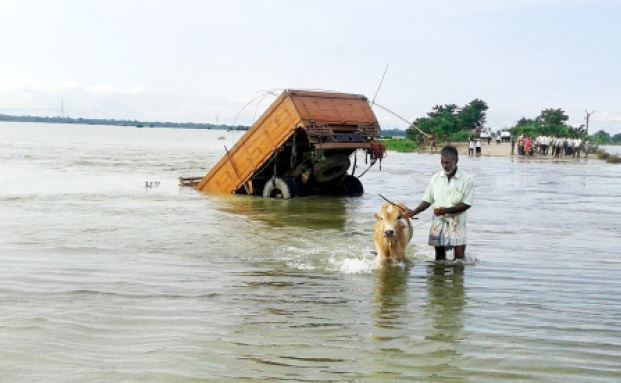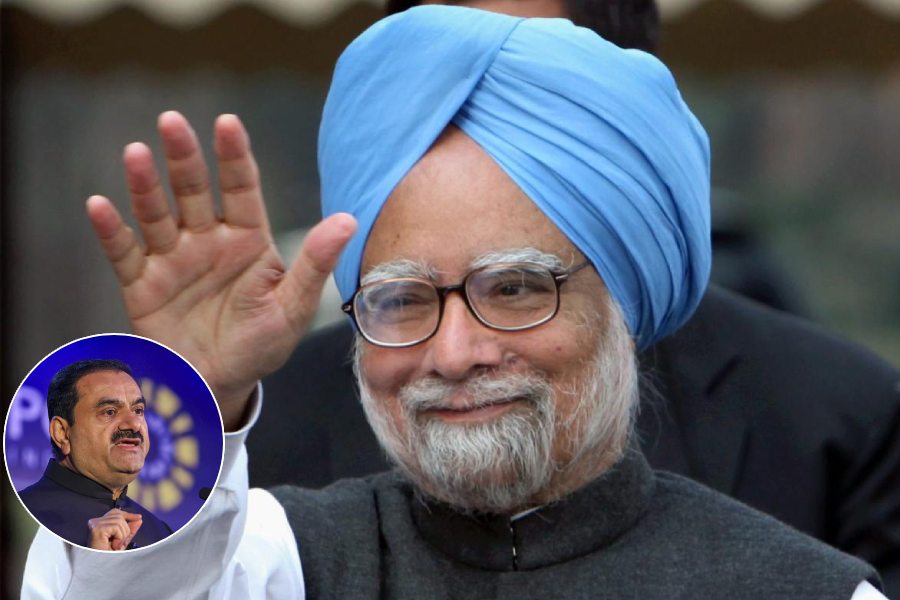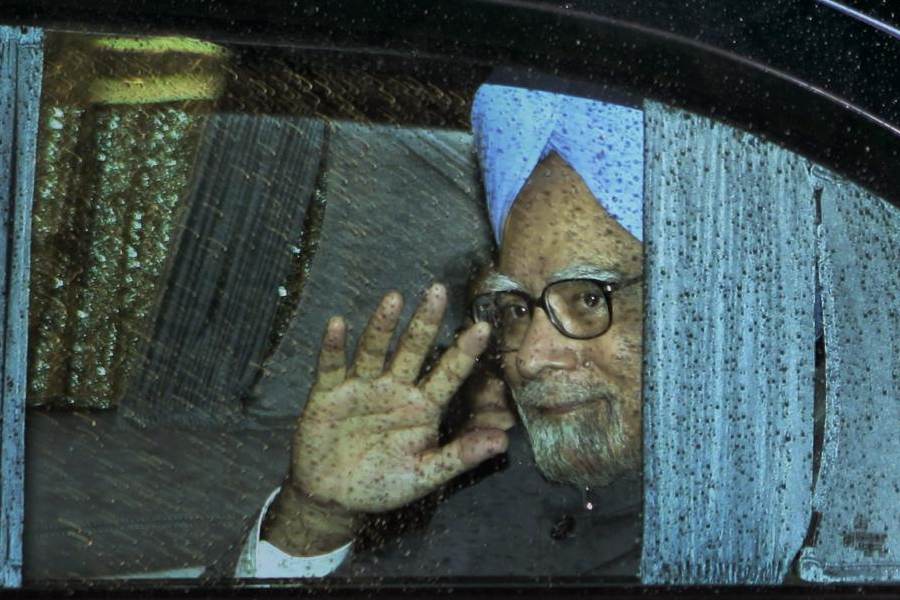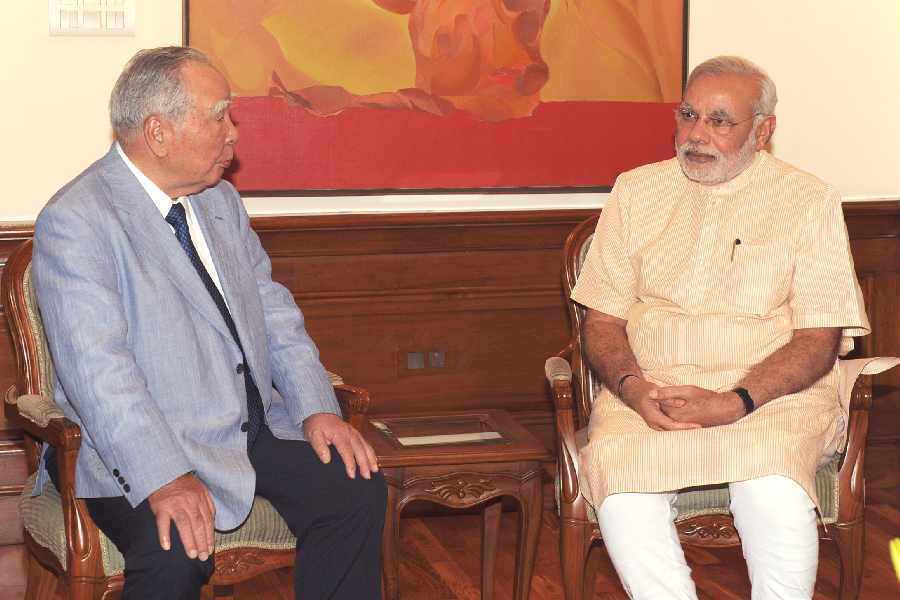Yesterday, August 15, marked 75 years of our country’s Independence and of its economy as a self-managed one. In its advancements since, the economy changed structure and evolved with many successes as well as failings. A spate of commentary has evaluated economic performance and policies on the occasion. Such introspection provides valuable insights and lessons for the road ahead. At the cusp of completing a century of Independence in 25 years’ time, what are the major economic goals and challenges?
There’s pride in the fact that the 75th anniversary is matched by a strong economic rebound in which Indian GDP is predicted to grow upwards of 7%; this will be one of the world’s fastest and contribute more than one-fifth to global growth this year. Our foremost challenge in the forthcoming times is to maintain this robust pace for long periods of time. This is sorely required for progression from a lower middle-income economy to an upper middle-income one in the remaining years to crown a century of Independence.
Breaking through to this threshold will require more than doubling the $2,000 that the average Indian earns annually at present. Most would agree this is a challenging task, particularly in the next few years. This is because of adverse initial conditions from damaging economic shocks: the five preceding years to the 75th anniversary have been defined by a sharp slowing of the economy, followed by a pandemic that dragged down national output to an average 1% growth in the last two. On the eve, India’s GDP is almost 10% lower than what it would have been had the economy grown at least 6% each year.
This injects an element of sobriety in the commemoration. Recovering lost output of such severe proportion will not only take time but also require monumental effort in immensely complex, uncertain and difficult settings: the pandemic and the preceding years of passive private investment have possibly lowered India’s potential output growth capacity; the lean macroeconomic policy support is more constrained from large deficits and stock of public debt while elevated inflation is prompting higher interest rates and lesser monetary accommodation; external conditions are leaning towards stagflation, a large pile-up of debt that has raised default risks in many countries; a sharp tightening turn in the monetary policy of the United States of America; geopolitical disturbances; and global economic reconfigurations.
Breaking out from these and getting on to a higher growth and staying there will not be easy. The good thing is there are drivers for breaking through, notably the long pipeline of structural reforms that are yet to germinate — for example, the nearly 10 percentage points reduction in corporate tax rate three years ago; the production-linked incentive scheme for regenerating Indian manufacturing exports that remains to be fully exploited; the productive impulse from sustained public capital spending upon infrastructure and future expected resource shifts towards health, education, and climate mitigation;capitalising benefits from the Chinese loadshedding of many of its labour-intensive exports; relocation and re-shoring of global production and supply chains, amongst others.
Two urgent challenges are of reducing unemployment and inequality.These are closely linked to the above. Sustaining strong growth rates for long periods is the surest pathway to job creation. At the starting line, our labour statistics are disturbing: India’s overall unemployment rate is estimated to be between 8-10%; only 49% of our working age population participates in the labour force compared to Bangladesh’s 59% and China’s 68%, while female labour force participation has been consistently declining to just 26%; informal employment dominates (almost 90%) with low pay and lack of social security;a worrying slip back to agriculture from services and manufacturing has been observed in the last few years. By 2040, India’s working age population is expected to be a billion strong. Productive employment is, therefore, an imminent requirement.The weak attributes of our labour market can be countered by capitalising on the positive ones — fair literacy, English-speaking and engineering skills at relatively low wages, largescale manufacturing and exports. This is a major transformation to make in the next 25 years.
Income inequality has steadily mounted in the past three decades. The Gini index, which measures the distance from a perfectly equal distribution (0) and extreme inequality(100) in the distribution of income (in India’s case, consumption expenditure) among individuals or households, was reported at 35.7 in 2011 (31.7% in 1993), the last year when consumer expenditure was surveyed. Several non-official assessments indicate a further rise since Covid-19 has further exacerbated these pre-existing income gaps. It has very likely created new inequalities as inferred from the increased incidence of poverty globally with a contrasting rise in incomes of the rich. Reversing inequality by making growth more inclusive and its simultaneous mitigation through redistribution is an urgent task. This will require careful policy responses and adequate resources in the journey to a century.
A challenge that will continuously evolve to the forefront will be tackling climate change. India is amongst the most vulnerable countries and the costs of climate change, be these from pollution or the increased frequency of extreme weather events, have rapidly escalated.The commitment to a net zero carbon emissions economy by 2070 will require significant effort, resources and planning. Present achievements in renewable energy generation capacities will need to accelerate with matching public investments in green infrastructures.Because of the simultaneous transitions by other nations in similar direction, the pressures from uncertainties about technologies, costs and raw material availabilities are likely to intensify. These forces may also compel an earlier-than-anticipated decarbonisation, bringing forward the needed investments because of increasing risks of falling behind and becoming uncompetitive. A disruptive transition could magnify supply-demand imbalances and macroeconomic shocks. At the same time, there are potential and new opportunities in frontloading the green transition — venturing into new, clean spheres of manufacturing and exports can realise growth, employment and climate goals.
During the 75th commemoration of our Independence, we must wish for resilience and luck in meeting some of our most pressing challenges in the remaining 25 years to 2047.
(Renu Kohli is a macroeconomist)











